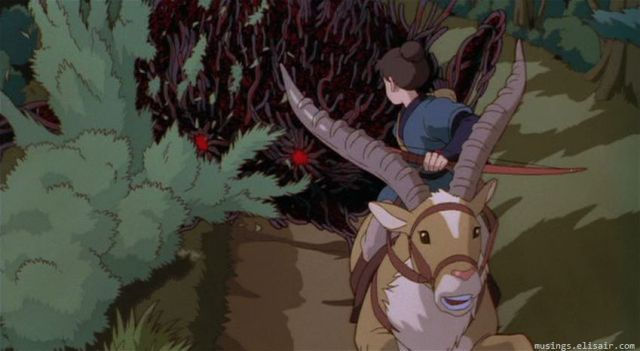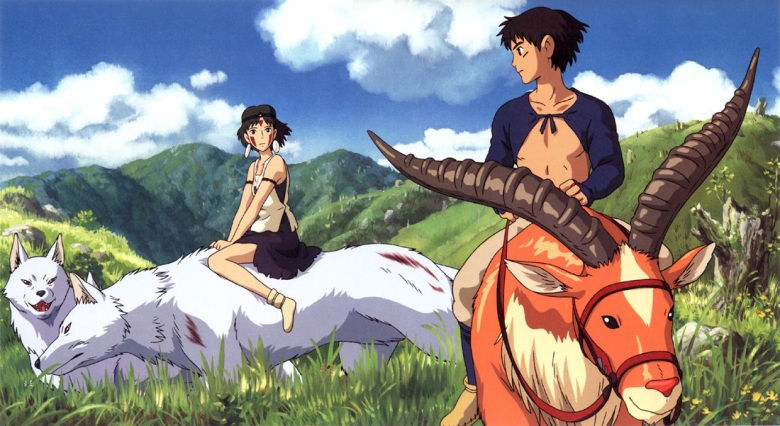Princess Mononoke
- John Carlo De la Cena
- Nov 9, 2021
- 3 min read
Princess Mononoke is the 10th feature-length animated film written and directed by Hayao Miyazaki and animated by Studio Ghibli which was released on July 12, 1997. It is considered as one of Miyazaki’s masterpiece. It depicts the struggles and conflicts between the supernatural guardians of a forest and the humans who consumes its resources. The stunning and memorable theme song to Princess Mononoke was written by Hayao Miyazaki and was composed by Joe Hisaishi. It featured countertenor Yoshikazu Mera, which at that time was considered to be controversial but it since then became a classic.
Princess Mononoke follows the journey of the last Emishi prince, Ashitaka, wherein he attempts to make peace between the residents of Irontown, and the creatures living in the nearby forest. The film is portrayed in the eyes of Ashitaka, where he meets the creatures of the forest and residents of Irontown. It begins with Ashitaka getting cursed whilst fighting a Boar God, which turned into a demon due to its hatred against humans, he then travels to the lands in the West to hopefully find a cure for the cursed that was inflicted to him. The ambitious Lady Eboshi and her loyal clan use their guns against the gods of the forest and a brave young woman, Princess Mononoke, who was raised by a wolf-god. Ashitaka sees the good and bad in both sides and tries to stem the blood shed by the war. This is met by animosity by both sides as they each see him as supporting the enemy.

With Ashitaka’s journey, he realizes the reason for the war of humans and the supernatural beings. The viewers may jump into the conclusion that humanity is to be blamed for the cause of the war, but the film shows the side of the residents of Ironwood during Ashitaka’s visit. It is portrayed how the humans that live in the village have to struggle with not only caring themselves, but by also trying to survive the war that the samurais have waged. It depicts how hardworking and desperate humans are to survive - to the point where destroying and taking resources from the forest is a necessity.
Along the journey, Ashitaka meets with San, who was raised by the wolf-god and protector of the forest and the animals that live within it. With the two meeting each other, Ashitaka learns how much these spiritual beings and San cares about the forest to the point where they wage war against humans to protect their land. The depiction of the love for the forest by these spiritual beings is heartwarming, and an eye opener on the real world. Love can be a powerful thing that may even bring wars to a stop. It is also important to mention that the film explores both sides justification of their actions – allowing the audience to create their own understanding and choose which one has a more viable reason.

The hatred and pain that the gods of the forest have endured due to the selfish acts of the humans can be considered realistic. There are often times that the environment suffers gravely due to human actions, and the film’s portrayal of this, although done more creatively, shows the truth of the real world. This can be seen with the war brewing, where some of the gods of the forest are becoming demons because of their hatred on the humans for hurting and damaging the forest. Near the end of the film, the ancient spirit of the forest, which is the one who gives and takes life from the forest, was killed and whole forest then died out. It was there that they realized the result of waging a war to the forest. War does not solve anything; it only brings despair and death to all.

In conclusion, nobody won during the war. Both the Ironwood village and the forest were destroyed upon the death of the ancient spirit. It only brought despair and death on both sides. None of the sides are happy with the outcome, but a hopeful future is still awaiting. It deeply shows how in reality, the humans are slowly destroying and taking all the resources of nature and how it is affecting not only






Comments